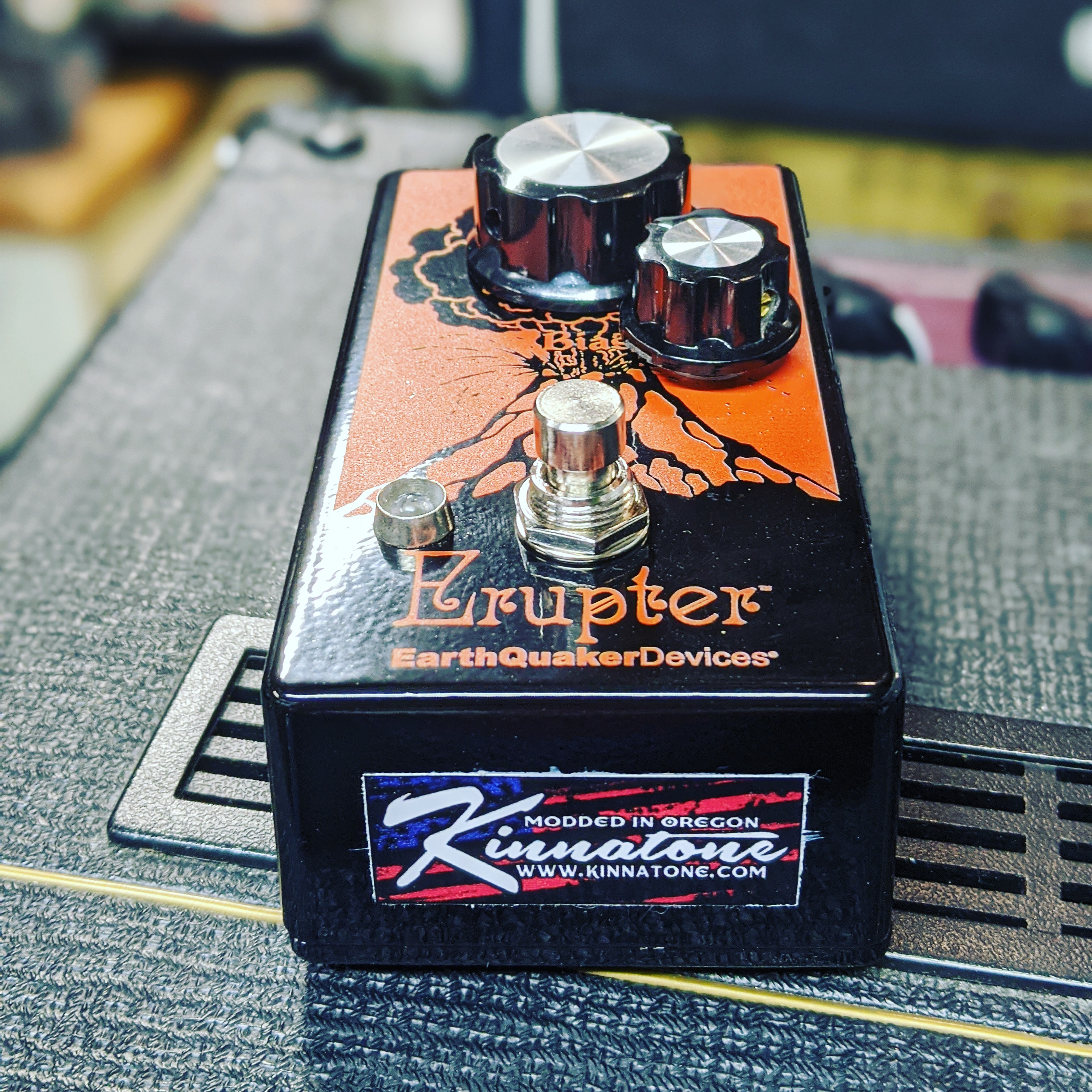

- #Reaper display master volume how to#
- #Reaper display master volume update#
- #Reaper display master volume software#
Pressing Alt and scrolling the mouse wheel will allow you to move from left to right in the editor window. This is useful if you have a substantial project and you wish to quickly have a better overview. Pressing Ctrl and scrolling the mouse wheel will enlarge or shrink the tracks sizes. You could change this to the mouse cursor if you’d rather zoom where your mouse is. Scrolling the mouse wheel will zoom in and out in the editor, using the edit cursor as its point of reference by default. But keep in mind that if you really dislike it, you can always change it in the Reaper Preferences.

#Reaper display master volume software#
Being well adapted to it now, I can tell you that I sometimes wish this workflow was found in every single software that I use daily. It sometimes act quite differently to other popular DAWs, so it may take a little while to get used to. Reaper has a very mouse oriented workflow (as opposed to featuring various tools), where the wheel and the right click quickly become your best friends. Visit the new REAPER channel on the Sound Community Discord server here Need more help with REAPER? Get it here: Looking for more help with REAPER, or do you want to read or share tips, ideas and resources? My track hierarchy usually looks something like this at its simplest: That way, any processing effects are sure the come before the pseudo master track and its compressor/limiter in the chain. In addition to this pseudo master track, on which I usually only have a limiter/compressor (if anything), I create a parent track which will hold effects that are intended to affect the entire project. The tip above (create a pseudo master track) fits within this use of folder tracks. My sessions are usually carefully divided using the folder tracks, allowing me to easily mute/solo/process an entire section of my project. They basically allow for extremely easy and quick routing, as well as being very intuitive and visually consistent. The folder tracks are one of Reaper’s workflow changing features. You can create as many folder tracks as necessary underneath this pseudo master track. This way, any additional track will be created as a child of the parent folder track. Click the folder icon at the bottom right of the track.Create a new track (Ctrl+T or Double-click in the tracks section of the editor window).The way to do this in Reaper is fairly simple: This allows to treat this track as if it was a master track, on which you can apply a limiter or compressor if necessary. In order to avoid touching the master track, the solution is to create a pseudo master track. In addition, if the master track has been modified, either in volume or in effects, any sound files added to the project will automatically be affected by it. This is done by leaving this track untouched. You need to be able to rely on its VU meter and know that it is an accurate reading of the final output. The way I see it, a master track is like a master volume knob in the studio: you’re not supposed to touch it once your studio is calibrated. This means not adjusting its volume fader, and not adding any effects or plug-ins to it.

I strongly recommend never touching the master track.
#Reaper display master volume how to#
Well, that or looking in the manual.Want to use REAPER for sound design? In this 2nd part of her special guide, Anne-Sophie Mongeau shares her tips, tricks and insights that get you the optimal workflow (and, if you missed it, part 1 – covering how to get started with REAPER – is here):įollowing the first article of this two-part series where I listed a few tips and habits to observe when getting started with Reaper, I would now like to explore this DAW’s workflow as well as some of its unique features to take advantage of when using it as a Sound Design tool. The answer is really easy, but as with so many things, it totally depends on having a little bit of knowledge.
#Reaper display master volume update#
Are you wondering where the horizontal fader or "slider" control went when the Reaper 5 update came out? You're not alone.


 0 kommentar(er)
0 kommentar(er)
